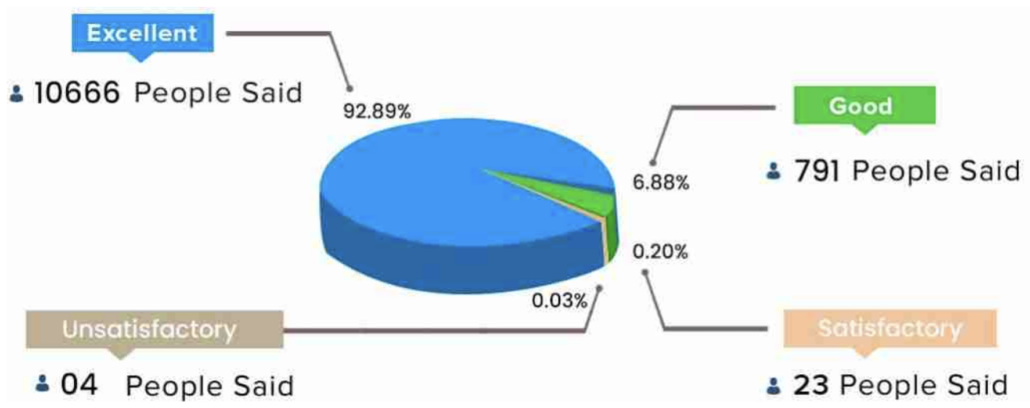Measuring the Effectiveness of Learning and Development
Assessing the effectiveness of learning and development activities is critical for businesses who want to guarantee that their workers are getting effective training that helps both the individual and the company as a whole. The effect of such initiatives may be seen in a variety of ways, ranging from improved employee performance and engagement to greater revenues and productivity. To measure the efficacy of learning and development initiatives, however, rigors planning, data gathering, and analysis are required.
The first step in measuring the effectiveness of learning and development activities is to define specific initiative goals. These goals should be explicit, quantifiable, feasible, relevant, and time-bound. Organisations may define what they intend to accomplish with the initiative by creating specific objectives, and then utilise these goals to gauge the program’s performance.
After the goals have been determined, the business may begin to design the training initiative, which involves choosing the appropriate training techniques and resources that fit with the specified objectives. They may include classroom sessions, online courses, mentoring initiatives, or on-the-job training. It is critical to use the correct strategy to assist accomplish the targeted learning outcomes and provide value to workers.
Throughout the training initiative, it is critical to monitor and gather relevant data in order to assess the program’s effect. Data may be gathered using a variety of ways, including surveys, assessments, and performance evaluations. Surveys may be used to get feedback from workers on the efficacy of the initiative and how it might be improved. Assessments may be used to identify the degree of knowledge and skills obtained by workers as a consequence of the initiative, whilst performance evaluations can be used to measure the influence of the training on the employee’s job performance.
The obtained data must then be examined to assess the efficiency of the learning and development initiative. This may be accomplished using a variety of strategies such as statistical analysis, trend analysis, and benchmarking. The data analysis will give vital insights into the program’s efficacy and may assist in identifying areas for improvement. For example, if the data analysis shows that workers are suffering with a certain area of the training, the company may utilise this knowledge to adapt the initiative to better match the requirements of the employees.
After the study is completed, firms may utilise the data to make educated choices regarding future learning and development activities. They may decide if the initiative met its goals and provided the intended results. If the initiative was successful, the firm may use this knowledge to invest in similar training initiatives in the future; if not, the training initiative can be adjusted to better match the requirements of the personnel.
To summarise, quantifying the effect of learning and development activities needs careful planning, data gathering, and analysis. Companies must define clear initiative goals, choose appropriate training techniques and resources, and gather relevant data to assess the program’s effectiveness.
Organisations may acquire useful insights into the performance of their training initiatives and make educated choices regarding future learning and development efforts by using the correct tools and resources.
In conclusion, measuring the impact of learning and development activities is crucial for organisations to ensure effective training and tangible benefits for their employees and the company. By defining specific goals, selecting appropriate training methods, gathering relevant data, and analysing the results, organisations can gain valuable insights to improve the effectiveness of their programs. Using the right tools and resources, organisations can make informed decisions to optimise their training initiatives and ensure the success of future learning and development initiatives.





